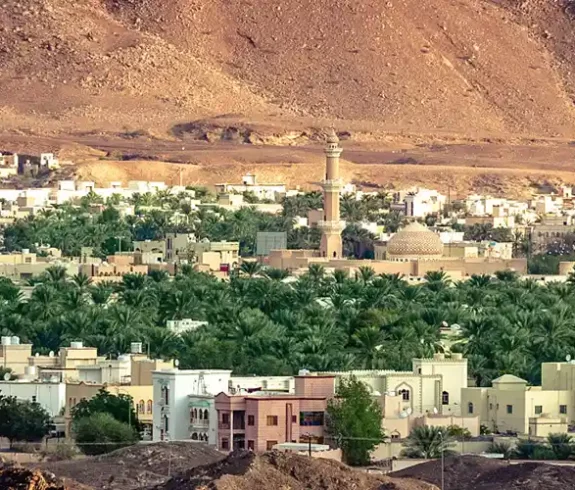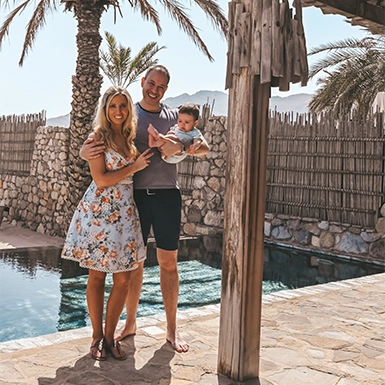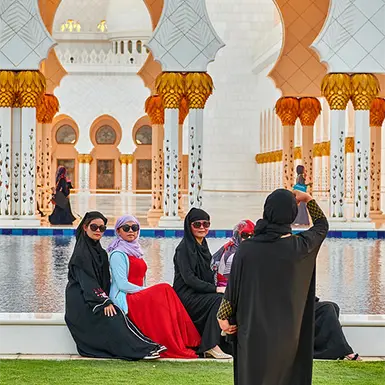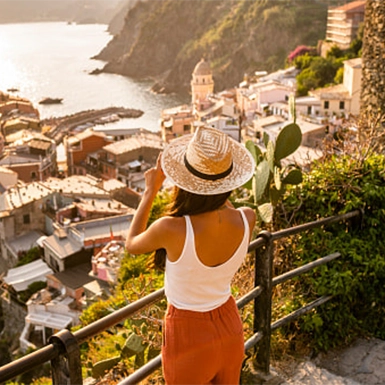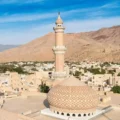Nestled in the heart of Oman, “Nizwa City Oman” is a testament to this Middle Eastern country’s rich history and vibrant cultural heritage. Historically, Nizwa served as the capital of Oman during the 6th and 7th centuries, making it a crucial center for political and religious activities. This city, encircled by the Hajar Mountains and rooted in antiquity, offers a unique window into the past with its well-preserved relics and enduring traditions.
Nizwa’s Historical Significance
Nizwa’s prominence as a former capital has left an indelible mark on its landscape, dotted with ancient forts and bustling souqs that hark back to when it was a bustling hub of trade and scholarship. The city was also a focal point for Islamic learning, evident in its intricately designed mosques and educational institutions that continue attracting scholars from across the region.

Cultural and Historical Hub of Oman
As you explore Nizwa, the depth of its cultural significance becomes apparent. The city reveres the old ways, serving as a living museum rather than just a collection of historic structures. Here’s what makes Nizwa a cornerstone of Omani heritage:
- Architectural Marvels: From the majestic Nizwa Fort, with its iconic round tower, to the ancient mosques that dot the city, Nizwa’s architecture offers a narrative of Oman’s storied past. These buildings are historically significant and are masterpieces of Islamic art and architecture.
- Cultural Festivities: Nizwa comes alive during various cultural festivals that showcase traditional Omani music, dance, and crafts. These events are a vibrant testament to the city’s enduring legacy as a cultural hub, drawing visitors from all over to partake in the celebrations.
- Traditional Crafts: The local souq, known for its silver jewelry, intricately hand-carved “khanjar” (traditional daggers), and pottery, provides insight into the artisanal skills passed down through generations. These crafts are commercial goods and represent Nizwa’s cultural identity.
- Educational Heritage: Nizwa’s role in promoting Islamic education continues today. The city houses several religious schools where the teachings of Islam are imparted in much the same way as they were centuries ago, preserving a scholarly tradition that has always been at the heart of Nizwa’s societal fabric.
Nizwa Fort: A Historic Landmark in Nizwa City, Oman
Nizwa Fort is one of the most iconic and well-preserved structures in Nizwa City, Oman, symbolizing the city’s rich history and strategic significance. Below is a detailed overview of its history, architecture, defensive importance, and what visitors can explore.
Historical Background of Nizwa Fort
- Construction: Sultan bin Saif Al Yarubi built Nizwa Fort in the 17th century. He is well-known for freeing Oman from Portuguese control.
- Purpose: They built the fort to protect the city and surrounding areas from foreign invasions and tribal conflicts. It also served as the administrative center for the ruling imams.
- Strategic Importance: Nizwa was a bustling center of trade, religion, and politics, requiring solid defenses. The fort was essential in safeguarding the city from potential dangers.
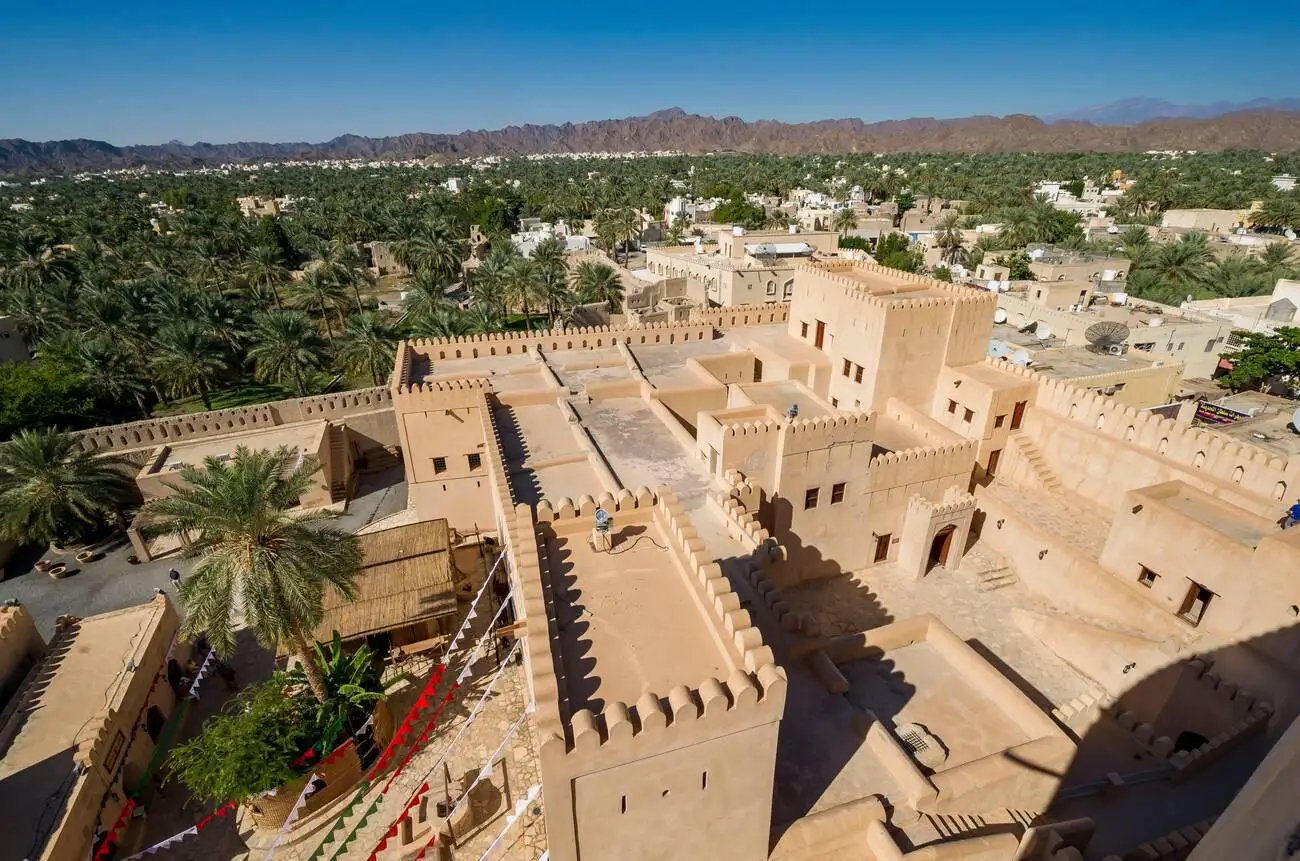
Architectural Features of Nizwa Fort
- Massive Round Tower: The fort’s most prominent feature is its vast round tower, which stands 34 meters high and 45 meters in diameter. This tower allowed guards to monitor the city from a strategic vantage point.
- Defensive Design: They designed the thick mud-brick walls to absorb cannon fire. The fort also has trapdoors, hidden escape routes, and narrow windows that allow defenders to shoot at invaders while staying protected.
- Interior Layout: Nizwa Fort includes several levels and rooms, such as living quarters, kitchens, prisons, and underground tunnels for discreet movement during sieges.
Nizwa Fort’s Role in Defending the City
- Panoramic Surveillance: From the high tower, guards could monitor the surrounding area and spot approaching enemies from a great distance.
- Military Defense: Narrow windows placed strategically throughout the fort allowed defenders to fire at enemies while staying shielded behind thick walls.
- Protection of Trade Routes: Nizwa was an important trade center, and the fort’s defenses were crucial for protecting these trade routes, helping the city maintain its status as a vital hub for commerce and learning.
What Visitors Can Explore in Nizwa Fort
- Museum: The fort houses a museum where visitors can learn about Oman’s cultural and military history. The exhibits include traditional Omani artifacts such as weapons, pottery, and documents from the past.
- Cultural Artifacts: Visitors can explore a range of artifacts, including traditional daggers, known as khanjars, and household items and handicrafts that reflect Omani life and craftsmanship from centuries ago.
- Panoramic Views: A highlight for many visitors is climbing the massive round tower. From the top, they can enjoy stunning views of Nizwa City, Oman, including the surrounding date palm groves and the majestic Hajar Mountains.
- Interactive Exhibits: The museum also offers interactive displays that detail the fort’s construction, its historical significance, and the daily life of those who live within its walls.
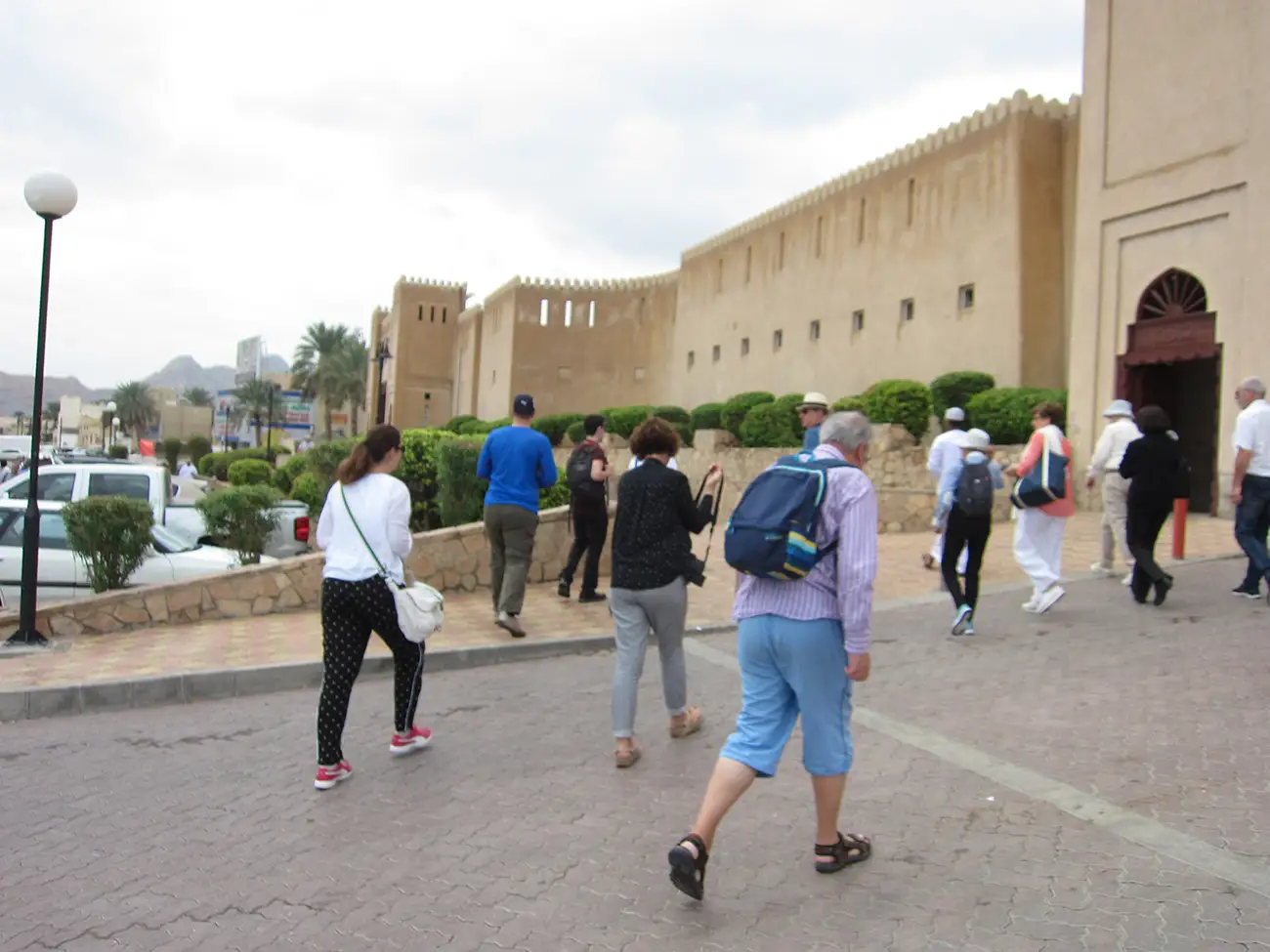
Nizwa Souq: The Cultural Heartbeat of Nizwa City
Nizwa Souq occupies a cherished spot in the heart of Nizwa City, renowned as one of Oman’s oldest and most lively markets. This marketplace does more than facilitate buying and selling; it actively preserves and showcases the region’s traditional crafts and customs. Discover why Nizwa Souq is an essential visit to Nizwa City.
Overview of Nizwa Souq
Positioned at the base of the iconic Nizwa Fort, Nizwa Souq forms a vital part of Omani culture and commerce. Being one of the oldest markets in the nation, it offers a window into the bustling trade that has flourished here for centuries. The souq represents a dynamic blend of old and new, where traditional practices merge seamlessly with modern business.
Products Sold at Nizwa Souq
- Omani Silver: Renowned for its fine silver jewelry, the souq features traditional items like the khanjar (Omani dagger), which serve as ornaments and symbols of cultural heritage.
- Pottery: Visitors frequently admire the handcrafted pottery, showcasing detailed craftsmanship handed down through generations.
- Spices: The air in the souq teems with the enticing aromas of herbs, leading visitors on a sensory tour through Oman’s culinary history.
- Handicrafts: The souq also offers a range of handicrafts, from handwoven textiles to wooden carvings, all demonstrating local artisans’ skills.
Specialties of Nizwa Souq
Friday Goat Market: The Friday goat market is a key attraction, drawing both locals and tourists. More than a marketplace, this event serves as a vibrant social gathering, providing insights into traditional Omani life.
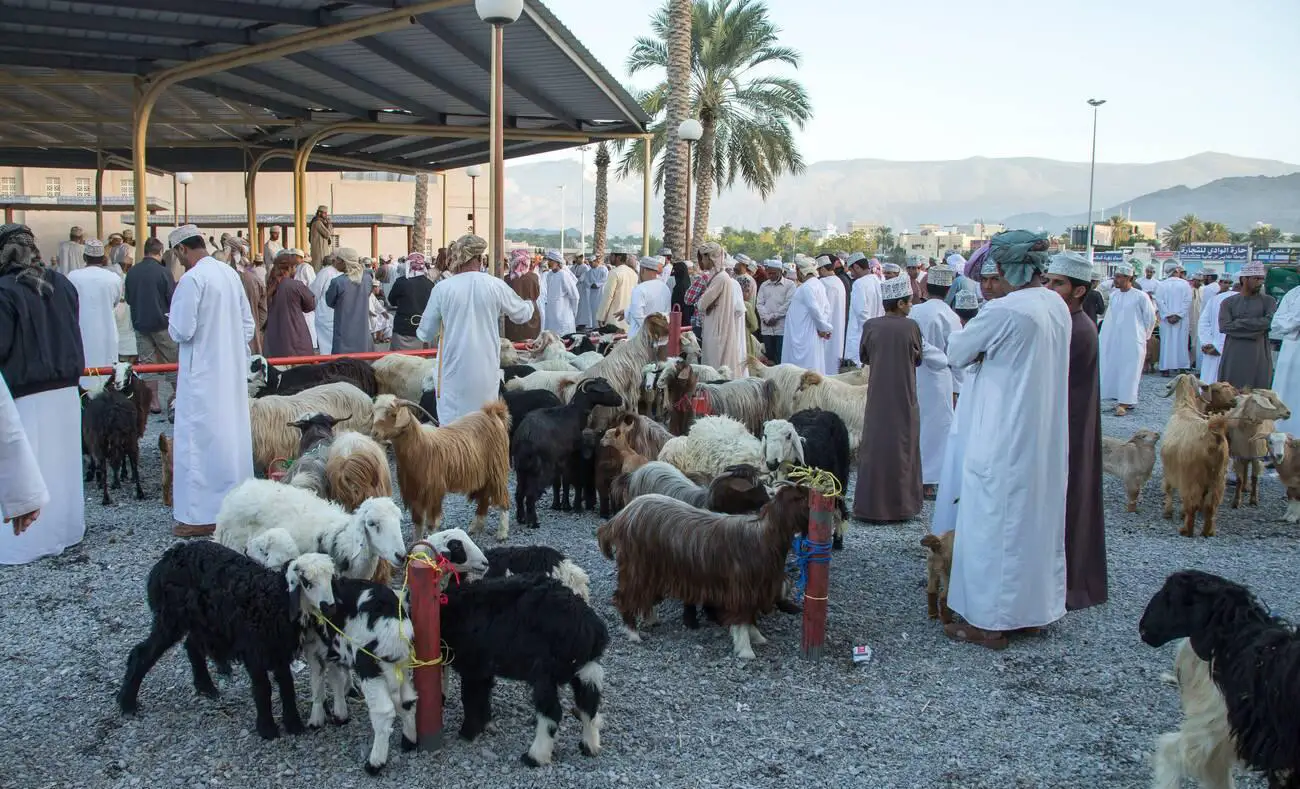
Importance of Nizwa Souq in Preserving Local Traditions
Nizwa Souq plays a crucial role in maintaining the cultural fabric of Nizwa City. It is a living museum where age-old crafts and traditions are actively maintained and passed down to future generations. A visit to the souq offers a profound experience of Omani culture and helps preserve these age-old traditions.
- Cultural Exchange: The souq fosters a rich cultural exchange, exchanging stories and traditions among locals and visitors, deepening the understanding of Omani heritage.
- Supporting Local Artisans: By purchasing from the souq, visitors contribute to sustaining local artisans and their crafts, which might otherwise be at risk of fading away.
Discover Jebel Akhdar: The Green Heart of Nizwa City
Jebel Akhdar, or “The Green Mountain” in Arabic, is a stunning segment of the Al Hajar Mountains range, nestled close to Nizwa City. Famous for its verdant scenery and cooler climate, it attracts countless tourists to this city. Here’s a deeper look at why Jebel Akhdar is a compelling regional destination.
Proximity to Nizwa City
Located just a brief drive from Nizwa City, Jebel Akhdar offers an accessible retreat for both tourists and locals. Its proximity to this city enhances its appeal for those eager to discover Oman’s natural splendor, far from the arid desert landscapes.
Rich Agricultural Heritage
- Terraced Farms: Jebel Akhdar’s hillsides feature ancient terraced farms that illustrate the innovative farming techniques adapted to this mountainous terrain.
- Rose Water Production: The cultivation of Damask roses is a highlight in Jebel Akhdar. Every April, these roses bloom and are harvested to produce premium rose water, a cherished product in Omani culture.
- Traditional Agriculture: Jebel Akhdar also thrives in growing diverse fruits like pomegranates and apricots, using time-honored agricultural methods passed down through generations.
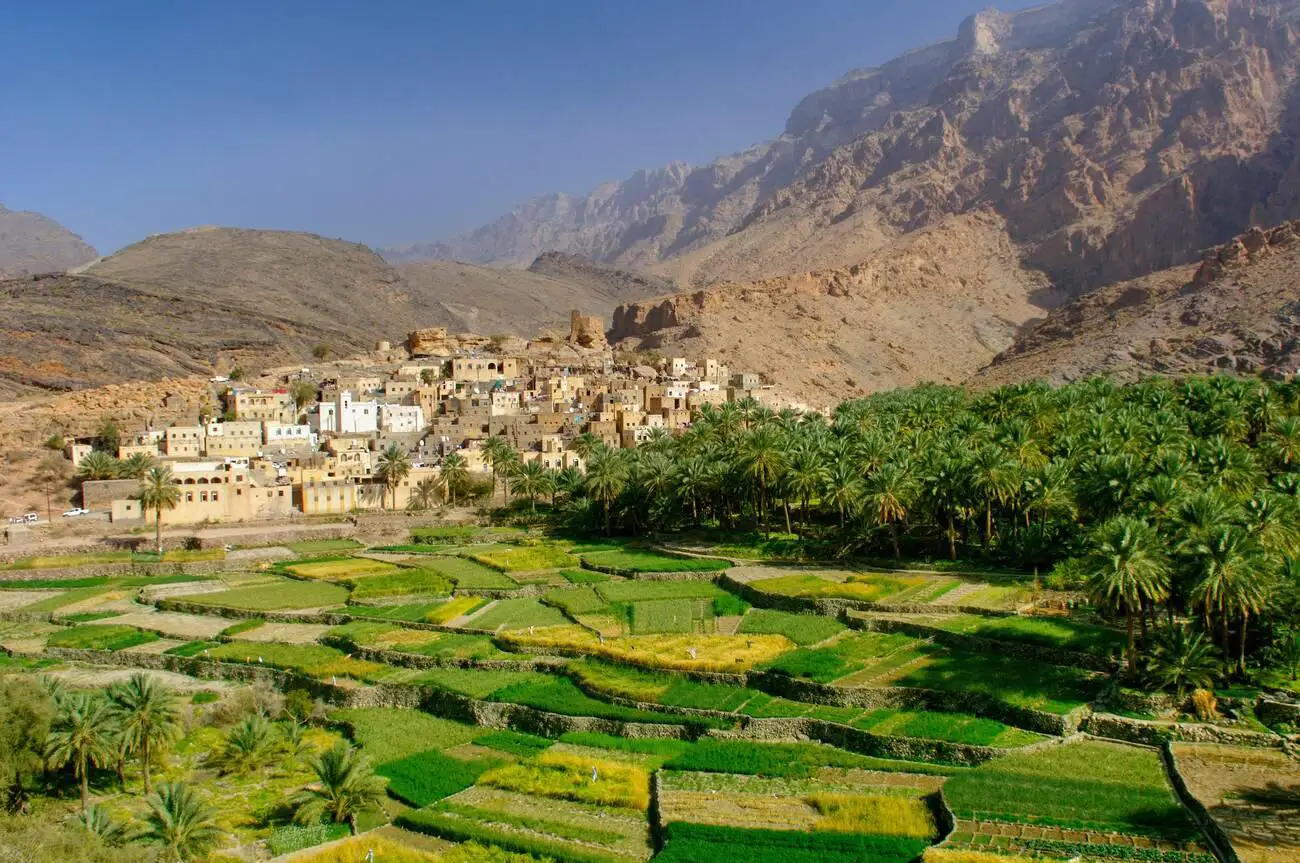
Adventure and Trekking Opportunities
- Hiking Trails: Jebel Akhdar offers hiking trails for all fitness levels, making it an excellent spot for casual walkers and adventure enthusiasts. As you follow these paths, you’ll pass through charming villages and terraced farms, with stunning landscape views at every turn.
- Trekking Experiences: For those seeking more challenge, Jebel Akhdar offers rigorous treks that delve deep into the mountain’s heart. These treks allow adventurers to engage with the area’s tranquility and natural beauty fully.
Why Visit Jebel Akhdar?
A visit to Jebel Akhdar plunges tourists into a lush part of Oman that contrasts sharply with the usual desert scenes. The region displays Oman’s geographical diversity and celebrates its rich cultural heritage through traditional agricultural practices and local crafts.
Discover Nizwa City: A Hub of History and Culture in Oman
Nizwa City, a historical and cultural gem in Oman, invites visitors to explore its rich heritage through its iconic landmarks. This city captures the fascination of history enthusiasts and cultural explorers with its blend of ancient irrigation systems, majestic mosques, and traditional architecture. Here’s your guide to the must-see historical and cultural landmarks in Nizwa City.
Falaj Daris: A UNESCO World Heritage Treasure
- Significance: Recognized by UNESCO, Falaj Daris is not only Oman’s most extensive irrigation system but also a crucial cultural and historical landmark.
- Structure: This ancient system showcases the innovation of traditional water management techniques that have supported regional agriculture for centuries.
- Exploring Falaj Daris: A visit to Falaj Daris offers valuable insights into the sustainable water use practices crucial for survival in arid regions, illustrating the local community’s resilience over the millennia.
Nizwa Grand Mosque: An Architectural and Spiritual Landmark
- Architectural Splendor: The Nizwa Grand Mosque stands as a stunning example of Islamic architecture, complete with elaborate artistic details, spacious prayer halls, and an impressive minaret.
- Spiritual Heart: As a critical spiritual hub in Nizwa City, the mosque serves the local religious community and welcomes visitors who want to learn about Islam’s deep traditions. It’s a place of both worship and cultural exploration.
- Visiting the Mosque: While visiting, tourists can admire the mosque’s exquisite design and serene ambiance, which reflect the interplay of architectural beauty and spiritual depth.
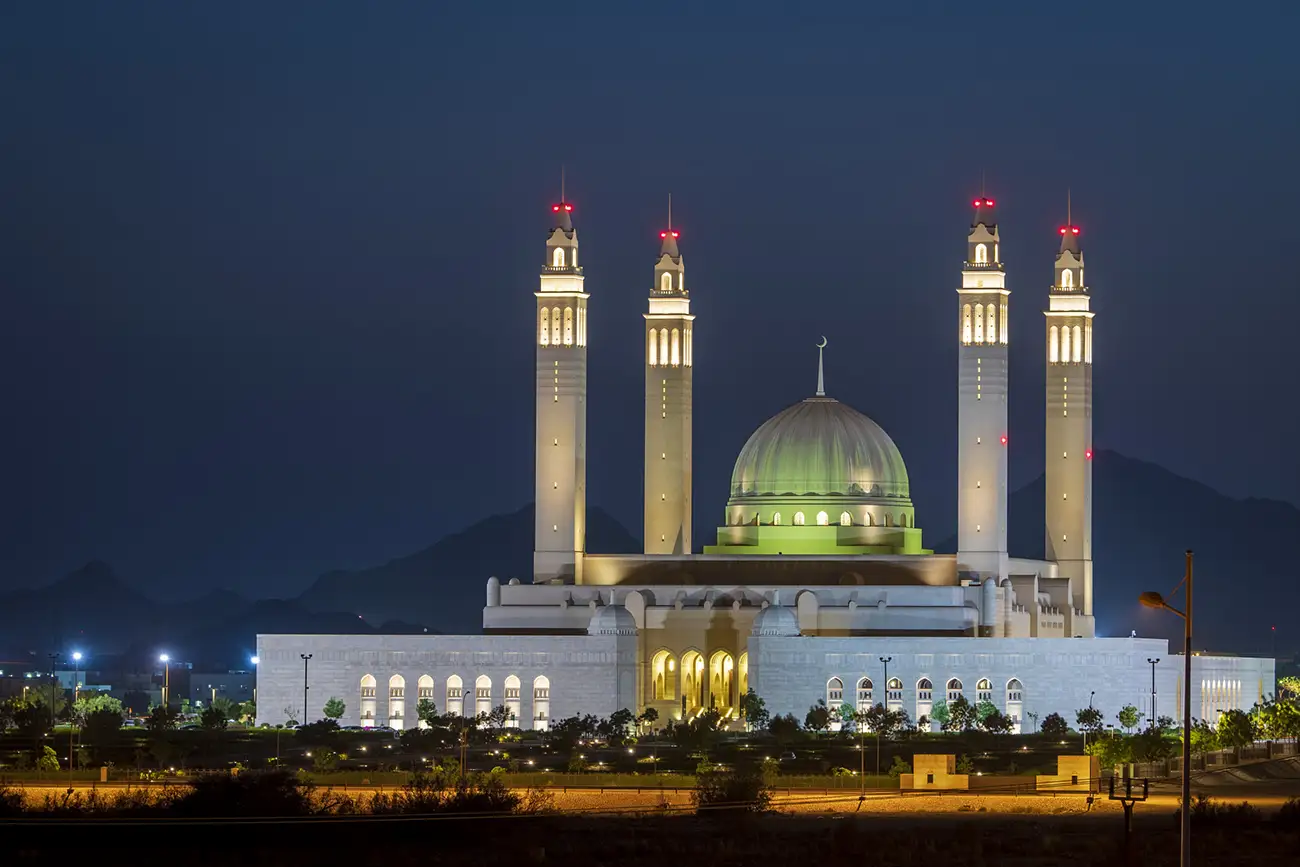
Old City of Nizwa: Stepping Back in Time
- Traditional Design: Conventional homes in the Old City area feature classic Omani architectural elements, including arched doorways, wind towers, and mud-brick structures.
- Exploring the Alleys: Wandering through the narrow lanes of the Old City allows visitors to travel back in time and experience the historical layout of a traditional Omani town.
- Cultural Experience: This part of Nizwa City acts as a living museum, offering direct access to ancient buildings and vibrant marketplaces that provide a glimpse into life from centuries past.
Why Explore These Landmarks in Nizwa City?
Exploring the landmarks in Nizwa City is more than just sightseeing; it’s an enriching tour that deepens your understanding of Oman’s history and cultural heritage. Each site shares a unique story and provides a genuine glimpse into the traditional lifestyles that continue to thrive in this part of Oman.
Nizwa City: A Pivotal Historical Hub in Oman
Nizwa City, steeped in a rich tapestry of history, has long played a crucial role in shaping Oman’s religious, political, and intellectual landscapes. This city is not just a destination but a tour through time, offering insights into the deep roots of Ibadi Islam and the influential figures that have walked its streets. Here’s how this city has been central to Omani history.
Nizwa’s Historical Influence
- Religious Significance: As the heartland of Ibadi Islam, Nizwa City has been a pivotal religious center for centuries. This school of Islam, known for its moderate views, found a robust base in Nizwa, influencing religious practices and community life throughout the region.
- Political Role: Historically, this city served as the capital of Oman, wielding significant political influence. Here, leaders convened to discuss and decide on matters affecting the nation, from governance to regional conflicts.
- Intellectual Center: Nizwa City has been a beacon of learning and scholarship. Its schools and libraries attracted scholars from around the Islamic world, making the city a hub of intellectual activity and innovation.
Nizwa as a Center of Ibadi Islam
Nizwa City’s identity is deeply entwined with Ibadi Islam, serving as the movement’s stronghold since the early days of Islam. This association has shaped the city’s character and its architecture, which is evident in the design and decor of its mosques and religious institutions. The Ibadism’s principles of moderation and community engagement are reflected in the city’s culture and social structures, influencing everyday life profoundly.
Famous Historical Figures from Nizwa
Nizwa City has been the birthplace or residence of many notable figures in Omani and Islamic history, including:
- Imam Ahmad bin Said al-Busaidi: He rose from Nizwa to establish the Al Busaidi dynasty in the mid-18th century, still ruling Oman today.
- Sultan bin Saif II: Another critical figure from Nizwa, he was instrumental in the Yarubi dynasty’s efforts to expel the Portuguese from Oman, cementing his legacy as a national hero.
- Nasser bin Murshid Al-Ya’rubi: As a ruler from Nizwa, he played a crucial role in uniting the Omani interior and laid the foundations for the resurgence of Omani power in the region.
Discover Local Cuisine in Nizwa City: A Taste of Tradition
Nizwa City, renowned for its deep cultural roots, offers an equally rich culinary experience that draws food lovers and culture enthusiasts alike. Exploring the local cuisine in Nizwa City is not just about eating; it’s about experiencing Omani heritage through every bite. Here’s your guide to the must-try dishes and dining experiences in Nizwa City.
Must-Try Omani Dishes in Nizwa City
- Shuwa: Shuwa is a celebrated dish in Omani cuisine, typically savored during special festivities. The meat, often lamb or goat, is bathed in an aromatic mix of spices before being wrapped in banana leaves. It’s then meticulously slow-cooked in a traditional underground sand oven, which imparts a distinctive smoky flavor that’s truly one of a kind.
- Halwa: A sweet, sticky treat made from roasted semolina or wheat mixed with sugar, saffron, cardamom, and often studded with nuts. Omani halwa is a traditional dessert served with coffee and during celebrations.
- Majboos: Also known as Kabsa in some regions, chefs flavor this savory rice dish with spices, mix it with meat (chicken, beef, or lamb), and garnish it with raisins and nuts. It’s a comforting meal that encapsulates the aromatic complexity of Omani spices.
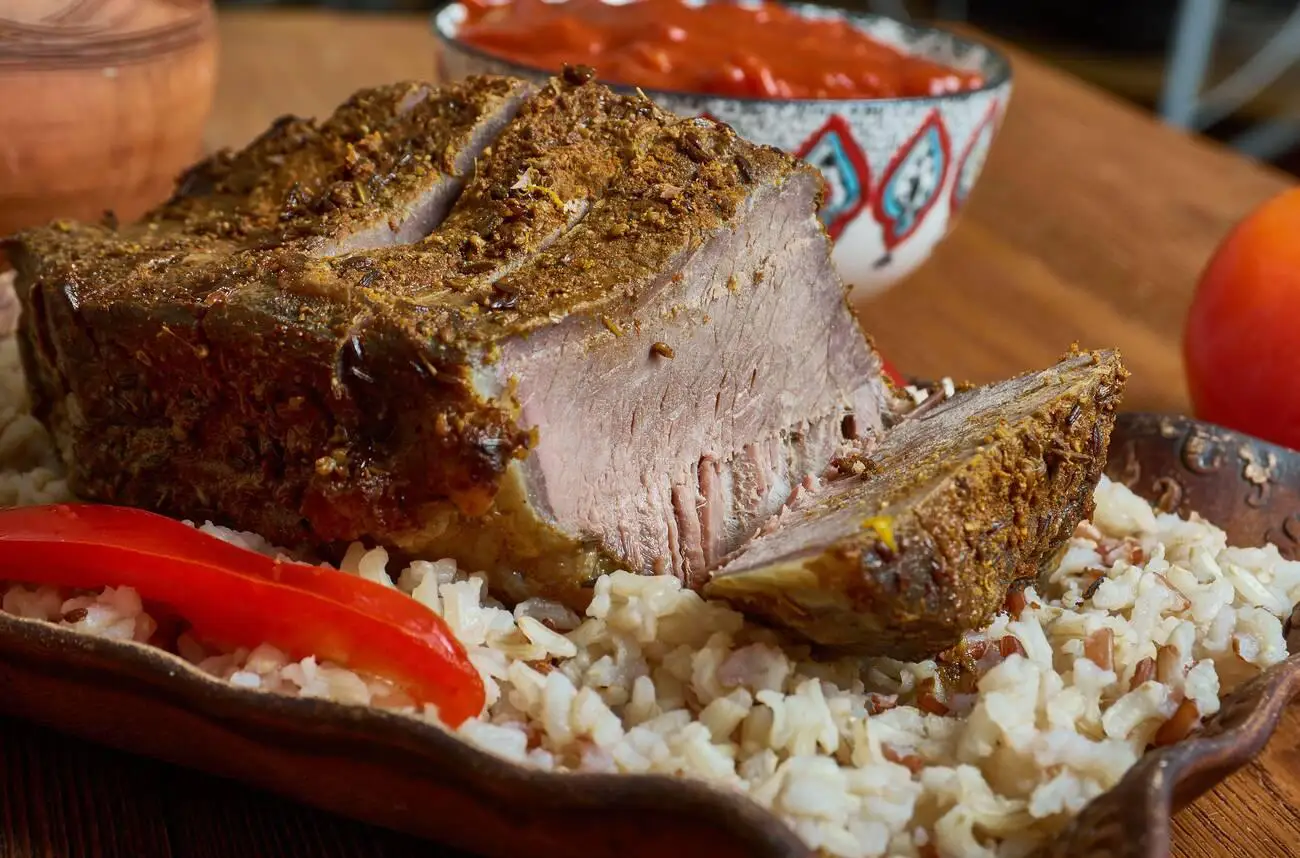
Traditional Dining Experiences in Nizwa City
Nizwa City not only serves up delicious dishes but also offers authentic dining experiences that allow you to dive deep into the local culture:
- Dine at Local Restaurants: For an authentic taste of Nizwa, visit local eateries like Bait Al Safah, a restaurant in a traditional Omani house offering a rustic ambiance and traditional meals. Another notable spot is Al-Masharef, which provides panoramic views of this city alongside a menu of classic Omani dishes.
- Souq Al Matra: This traditional market is perfect for exploring street food and local specialties. You can taste fresh dates, various types of Omani bread, and snacks while soaking in the vibrant market atmosphere.
- Cooking Classes: Numerous local spots offer cooking classes for those eager to learn the art of traditional Omani cooking. These hands-on cooking sessions allow you to learn directly from Omani chefs, gaining insights into the ingredients and techniques that define Omani cuisine.
Festivals and Events in Nizwa City: A Cultural Tapestry
People celebrate Nizwa City for its historical landmarks, stunning architecture, and dynamic cultural scene. The city’s festivals and events highlight the enduring traditions and community spirit that define Oman’s cultural landscape. Here’s your guide to the vibrant festivities and local celebrations that this city has to offer.
Celebrating at the Nizwa Festival
The Nizwa Festival is a significant cultural event in Nizwa City. It celebrates Oman’s rich heritage with various artistic performances, traditional crafts, and local culinary delights, which attendees can fully experience.
- Traditional Dance Performances: Experience the vibrant cultural expressions of Oman as local performers showcase traditional dances.
- Art and Craft Exhibits: Artisans demonstrate traditional pottery, weaving, and silverwork, offering a glimpse into the craftsmanship honed over generations.
- Local Cuisine: Dive into the flavors of this city at food stalls that serve traditional Omani dishes, providing a delicious insight into the city’s culinary heritage.
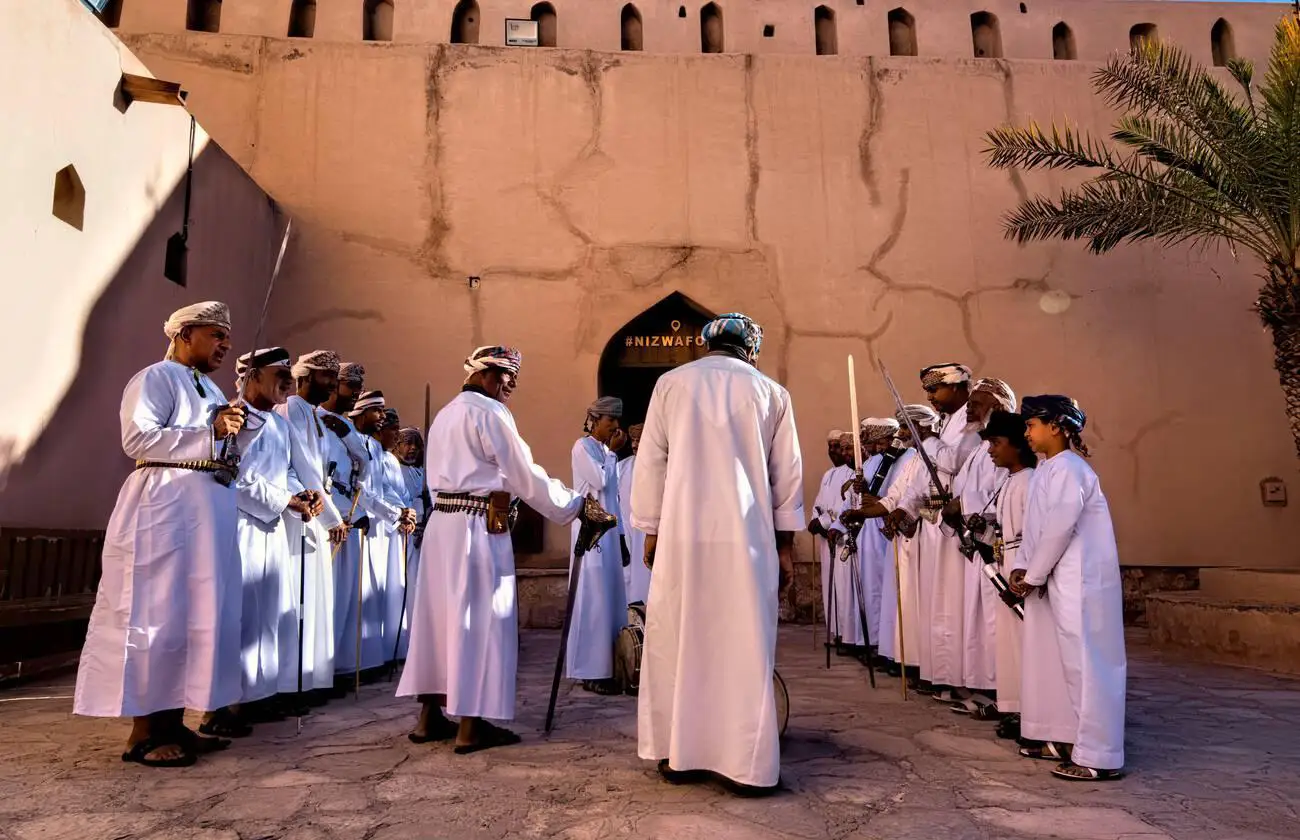
Additional Local Celebrations and Cultural Events
Nizwa City hosts several other local events that reflect its unique cultural identity:
- National Day Celebrations: Annually, Oman’s National Day fills Nizwa City with parades, fireworks, and cultural performances, fostering national pride and bringing together locals and tourists to celebrate Oman’s historical and contemporary achievements.
- Eid Celebrations: During Eid al-Fitr and Eid al-Adha, this city buzzes with activity as families gather for prayers and feasts, and the local markets and souqs become lively centers of preparation and celebration.
Exploring the Natural Beauty of Nizwa’s Surrounding Wadis
Breathtaking natural landscapes encircle Nizwa City, including several stunning wadis that beckon outdoor enthusiasts.
Wadi Tanuf: Discovering Natural Splendor
Near Nizwa City, Wadi Tanuf offers dramatic cliffs and rugged terrains perfect for:
- Hiking: Explore scenic trails that wind through the wadi, offering panoramic views of the mountains and valleys.
- Picnicking: Enjoy a serene picnic in the calming atmosphere of Wadi Tanuf, surrounded by its natural beauty.

Wadi Al-Muaydin: An Adventurer’s Delight
Wadi Al-Muaydin, another enchanting location near this city, is ideal for those seeking adventure:
- Camping: Set up camp under the stars in secluded spots known for their peace and breathtaking night skies.
- Cave Exploration: Delve into the wadi’s caves to explore its unique geological formations and discover hidden wonders.
Outdoor Activities Around Nizwa City
Beyond the wadis, Nizwa City offers numerous outdoor activities that celebrate the natural world:
- Hiking: The mountains around Nizwa City provide superb hiking opportunities, featuring trails with stunning vistas for all levels of hikers.
- Camping: Whether in the wadis or the broader desert, camping allows you to connect deeply with Oman’s natural beauty.
- Cave Exploring: The caves near this city are perfect for those looking for an adventurous challenge. They offer exciting and exploratory spelunking experiences.
Shopping and Handicrafts in Nizwa City: Discover Local Treasures
Nizwa City is known for its historical landmarks and rich tradition of local handicrafts. Visitors will find various unique, handmade items that reflect the city’s deep cultural heritage. Whether you are searching for a meaningful souvenir or supporting local artisans, shopping in Nizwa City is necessary.
Overview of Local Handicrafts
- Omani Silverware: Nizwa City is famous for its exquisite silverware and intricately designed pieces ranging from jewelry to household items. The craftsmanship is highly respected, and each piece of silver reflects the artisan’s skill and attention to detail.
- Khanjars (Daggers): Traditional Omani daggers, known as khanjars, symbolize Oman’s heritage. Visitors to Nizwa City can purchase these beautifully handcrafted weapons, often adorned with silver and intricate engravings.
- Pottery: Pottery in this city is another must-see. Locally crafted pots and decorative pieces feature traditional Omani designs, making them perfect souvenirs or home decorations.
Importance of Supporting Local Artisans
When you purchase handicrafts in Nizwa City, you’re not just buying a product. You’re supporting local artisans who have passed down their craft through generations. Buying these handmade items helps keep these traditions alive, fostering sustainable livelihoods for the artisans. Shopping at local souqs also meaningfully connects visitors with the culture and history of the region.
Getting to Nizwa City and Exploring the Area
Reaching Nizwa City from Muscat is convenient and scenic. Visitors have various transportation options to experience the beauty of Oman’s landscapes.
Transportation Options from Muscat to Nizwa City
- By Road: The most common travel method is a trip from Muscat to Nizwa City. The drive between the two cities is about 140 kilometers long and takes 1.5 to 2 hours. The smooth road is a scenic treat, offering breathtaking views of Oman’s rugged mountains and desert landscapes.
- Public Transport: Buses and taxis are available from Muscat to Nizwa City for those without a private vehicle. The bus ride is affordable and comfortable and allows you to experience local travel. Taxis offer a quicker option but at a higher cost.
Best Time to Visit Nizwa City
The ideal time to visit Nizwa City is during the cooler months, from October to April. During this period, the weather is pleasant and perfect for exploring the city’s landmarks, shopping at local markets, and enjoying outdoor activities. It’s typically comfortable for sightseeing, with temperatures ranging from 20°C to 30°C. Avoid visiting during the peak summer (June to August), as temperatures can soar, making outdoor activities challenging.
Accommodation Options in Nizwa City: Where to Stay
Nizwa City offers accommodation choices for every budget. From luxurious hotels to boutique lodges and local Omani guesthouses with a unique feel, you will find many options that suit your taste and make your stay enjoyable.
Luxury Hotels in Nizwa City
Travelers looking for comfort and premium services will find several high-end hotels in Nizwa City, offering top-tier amenities and breathtaking views of the surrounding landscapes.
- Anantara Al Jabal Al Akhdar Resort: This luxury resort, located in the nearby Jebel Akhdar, offers breathtaking mountain views, luxurious rooms, and world-class amenities, including a spa and infinity pool.
- Golden Tulip Nizwa Hotel: Known for its blend of modern comfort and traditional Omani architecture, this hotel offers spacious rooms, a large pool, and excellent dining options.
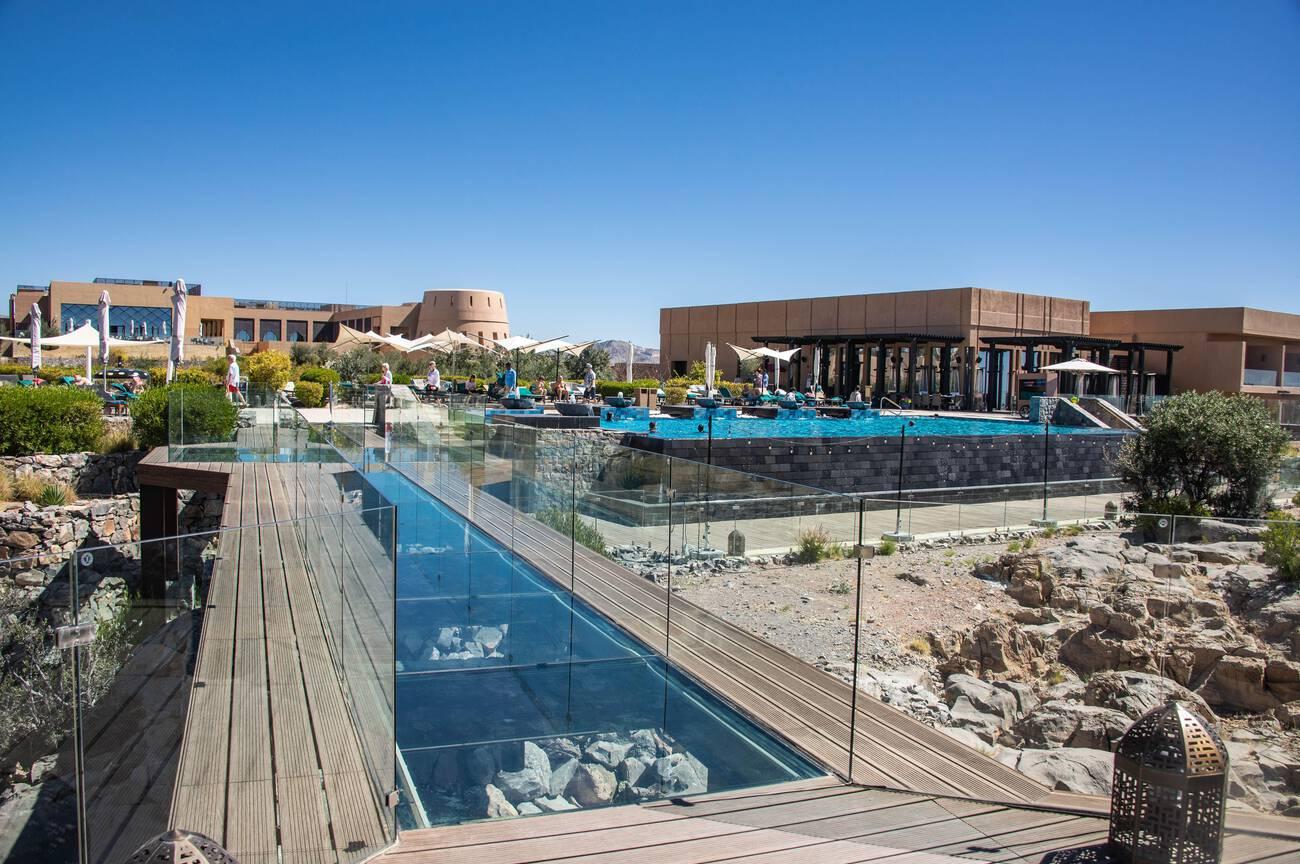
Boutique Stays
For a more personalized and personalized experience, Boutique hotels in Nizwa offer a charming atmosphere with unique touches:
- Nizwa Heritage Inn: This boutique hotel sits in the heart of Nizwa City. It provides an authentic Omani experience with traditional decor and personalized service.
- Al Misfah Hospitality Inn: Situated in the nearby Al Hamra region, this boutique property allows visitors to stay in a restored Omani house surrounded by stunning landscapes and traditional architecture.
Traditional Omani Guesthouses
If you want to experience local culture more closely, traditional Omani guesthouses are a great choice. These accommodations offer a more authentic feel while providing comfort:
- Bait Al Safah Guesthouse: Located in a traditional Omani house in Al Hamra, this guesthouse offers visitors a unique opportunity to experience Omani hospitality and architecture up close.
- Falaj Daris Hotel: A mid-range option with a traditional touch, this hotel combines modern amenities with a cultural atmosphere, providing a comfortable stay in Nizwa City.
Cultural Etiquette in Nizwa City: Respecting Local Traditions
When visiting Nizwa City, it’s vital to honor local customs and traditions. Oman is a profoundly cultural and conservative country, and understanding the cultural norms will ensure a respectful and pleasant stay.
Dress Code
- Modest Clothing: Visitors to Nizwa City should dress conservatively, especially in public places or when visiting religious sites. Both men and women should cover their shoulders and knees. Women may also choose to wear a headscarf when visiting mosques.
- Appropriate Attire for Religious Sites: When visiting a mosque or religious site, dress appropriately. Women should wear long pants to cover their hair, arms, and legs.
Behavior in Public
- Greeting Locals: It is customary to greet locals with a warm “Salaam” (peace), especially in the more traditional areas of Nizwa City. Handshakes are common among men, but avoid shaking hands with members of the opposite gender unless they offer first.
- Respecting Prayer Times: Omanis take their prayer times seriously. If you are near a mosque during the call to prayer, avoid loud conversations or disruptive behavior out of respect for the worshippers.
- Public Displays of Affection: Oman is a conservative country, so public displays of affection are generally frowned upon. It’s best to avoid hand-holding or hugging in public places.
Photography Etiquette
Ask for Permission: While Nizwa City offers many photo-worthy spots, asking for permission before photographing locals, especially women, is essential. Always be respectful and avoid taking pictures in sensitive areas like military zones or during religious ceremonies.
